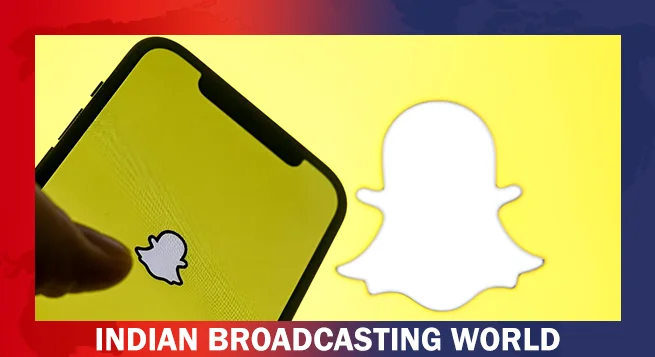Snapchat is positioning itself as a healthier alternative to platforms like Instagram and TikTok, which have been criticized for their impact on youth mental health. At Snap’s annual conference, CEO Evan Spiegel highlighted the platform’s distinct approach, stating it aims to offer a different social experience.
Recent studies, such as one from the University of Amsterdam, suggest that Snapchat has positive effects on friendships and well-being compared to its rivals.
However, critics, including Matthew Bergman, founder of a group representing social media victims, argue that the platform’s ephemeral features may facilitate harmful activities, including drug transactions. Bergman points out that Snapchat’s disappearing messages allow for illegal behavior, such as selling drugs, which has been linked to several fentanyl-related deaths.
Industry experts, such as Jasmine Enberg of Emarketer, warn that Snapchat faces challenges balancing user safety, especially for young users, with its need for profitability. Despite boasting 850 million monthly users and pioneering features like Stories and vertical videos, Snapchat remains unprofitable and struggles to compete with giants like Meta and Google for advertising revenue.
Users, especially teens, appreciate the lower-pressure environment of Snapchat. For many, like 14-year-old Lily, the platform’s casual communication style and augmented reality filters are key attractions. Some content creators even praise its disappearing messages for reducing social pressure, particularly on young women.
While Snapchat is often viewed as the ‘least worst’ platform for young users, it continues to face scrutiny over safety concerns.
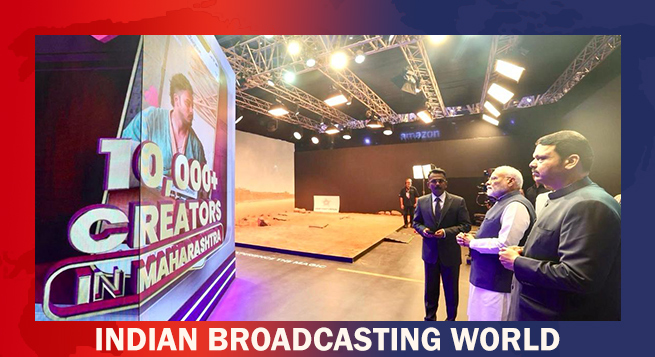 MIB to unveil M&E sector statistical handbook today at WAVES
MIB to unveil M&E sector statistical handbook today at WAVES 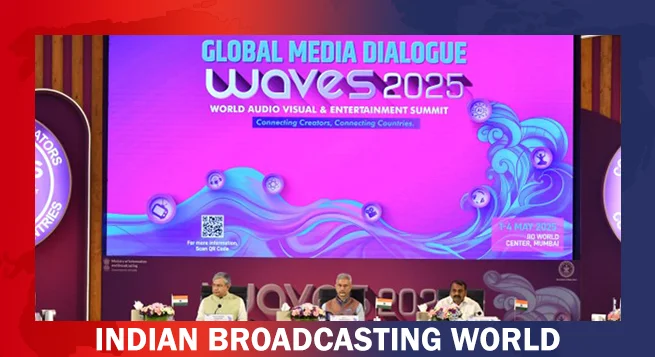 WAVES 2025: Media dialogue backs creativity, heritage & ethics in AI Era
WAVES 2025: Media dialogue backs creativity, heritage & ethics in AI Era 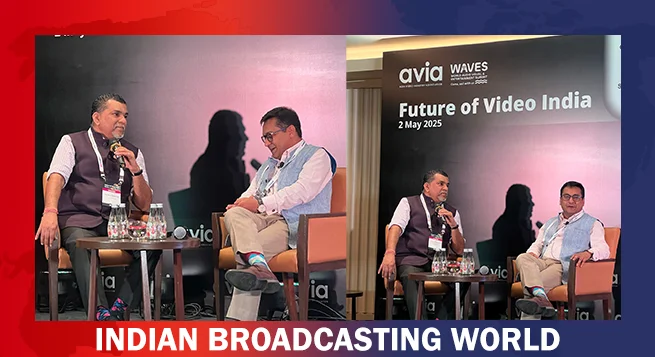 Pay TV leaders chart course for India’s linear TV in digital age
Pay TV leaders chart course for India’s linear TV in digital age 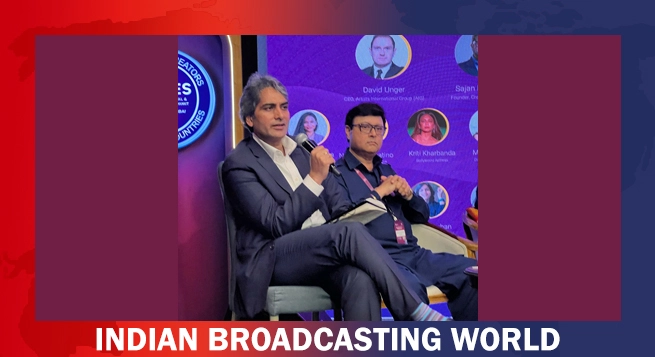 Sudhir Chaudhary announces new show for DD News, says “Good content still has a place” at WAVES 2025
Sudhir Chaudhary announces new show for DD News, says “Good content still has a place” at WAVES 2025 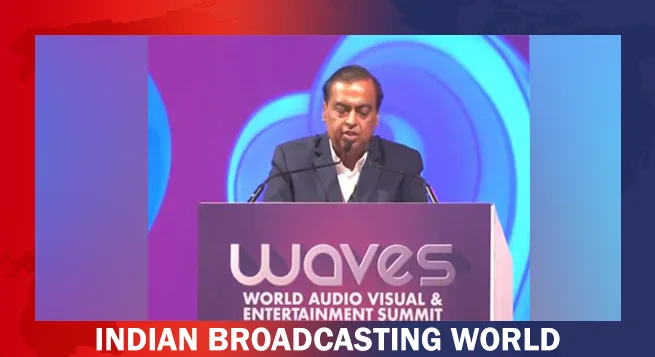 India can lead global entertainment revolution: Mukesh Ambani
India can lead global entertainment revolution: Mukesh Ambani 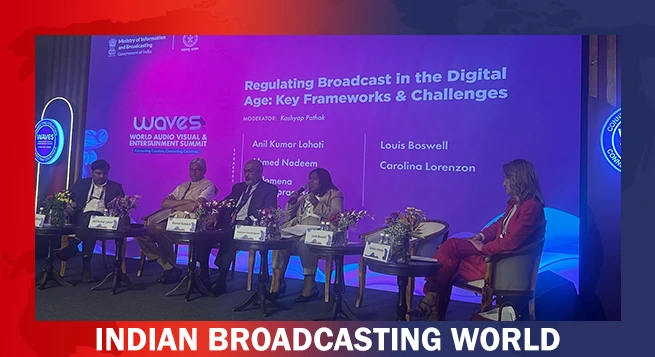 TRAI chief not in favour of separate rules for OTT, legacy b’casters
TRAI chief not in favour of separate rules for OTT, legacy b’casters 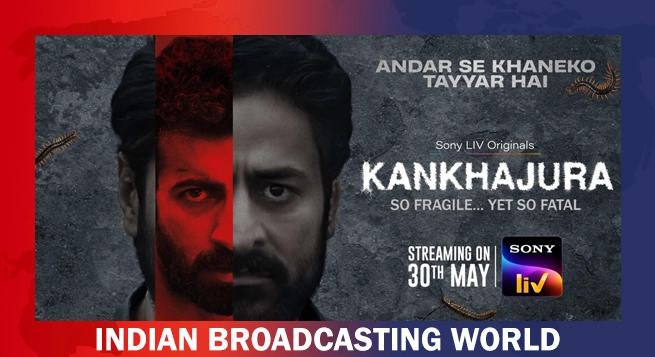 ‘KanKhajura’ start streaming on Sony LIV from May 30
‘KanKhajura’ start streaming on Sony LIV from May 30 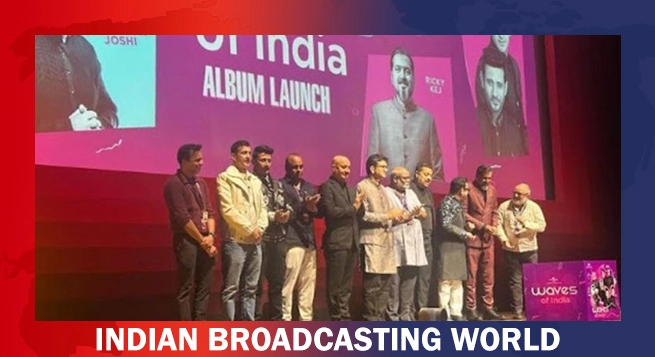 Koyal.AI debuts at WAVES 2025, set to revolutionise music videos with GenAI
Koyal.AI debuts at WAVES 2025, set to revolutionise music videos with GenAI 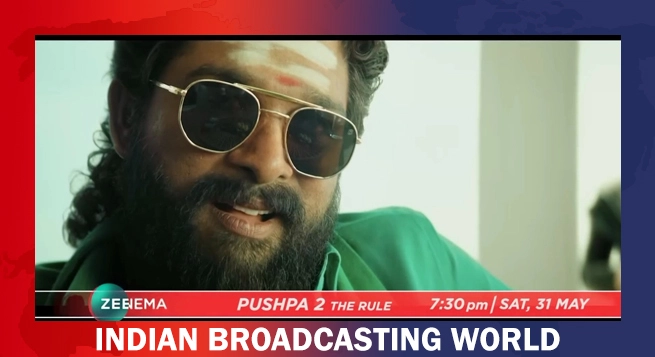 Zee Cinema to premiere ‘Pushpa 2: The Rule’ on May 31
Zee Cinema to premiere ‘Pushpa 2: The Rule’ on May 31 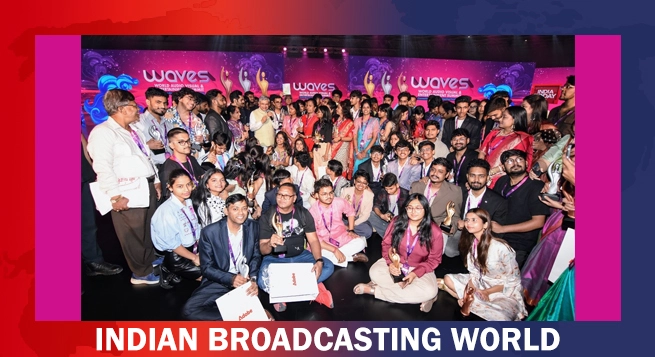 ‘Create in India Challenge’ S1 honours global talent at WAVES
‘Create in India Challenge’ S1 honours global talent at WAVES 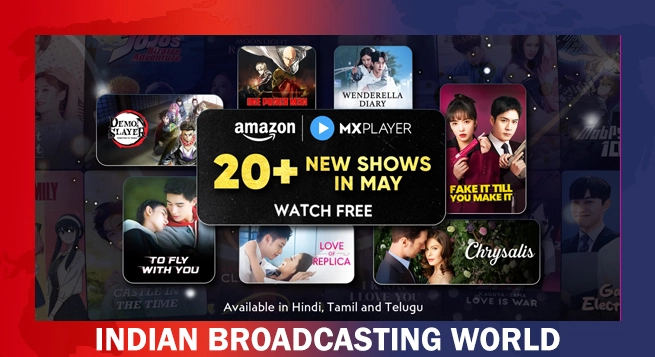 Amazon MX Player adds 20+ dubbed international titles
Amazon MX Player adds 20+ dubbed international titles 


